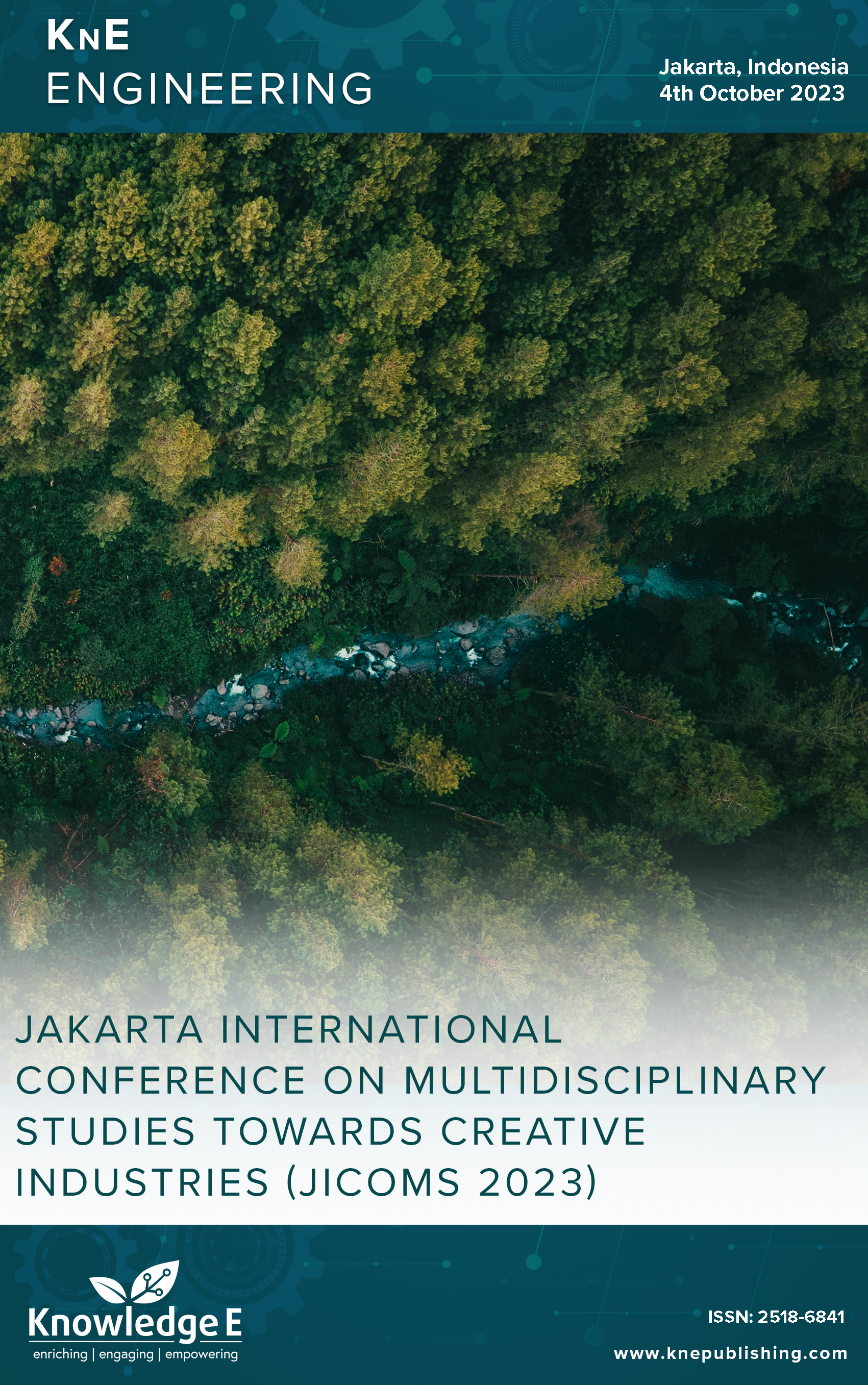Structural Stability Study of Nanocluster PD-based Catalyst
DOI:
https://doi.org/10.18502/keg.v6i1.15399Abstract
The rapidly growing population in the world demands an increase in the support of human life by providing massive production of food and medicine. As a result, the catalyst used in the production of the material plays a key role leading to intensive research. Synthesis of nanomaterials is becoming an important way to discover new catalysts by changing sizes and combining two or more metals on the nanoscale. Pd-based catalysts are well-known catalysts such as Pd-Pt, Pd-H, and Pd-Au for many chemical reactions such as the direct synthesis of hydrogen peroxide. Therefore, the provision of nanocluster bimetallic catalysts offers more benefits such as the rearrangement of surfaces to suit characteristics and lower material costs. However, the stability of the catalyst challenges researchers beyond reactivity and selectivity. In this paper, we predict the structural stability of Pd-based catalysts using a density functional theory approach. We use the 38-atom model in the M6@Pd32 core shell, where M is Hg, Pt, Au, Cu, Ni, Cu, Zn, Ag, Pd, and Cd, Pt. We prepared and investigated a series of structures such as truncated octahedral (TO) and polyhedral (PH) by calculating the excess energy. Based on our calculations and placing the monometallic Pd38 nanocluster as a reference, the TO structure is more stable than that of PH. The Zn6@Pd32 system showed the most stable followed by Cd6@Pd32 and Hg6@Pd32 was the worst.
Keywords: structural stability, core-shell, nanocluster, Pd-based catalyst
References
[2] Nugraha M, Pupon S, Setyasmara N. A Study of Palladium-Nickel Catalyst for Direct Synthesis of Hydrogen Peroxide: A DFT Approach [ Journal of Physical Science and Engineering]. JPSE. 2020;5(2):46–55.
[3] Mihindukulasuriya S, Lim LT. Nanotechnology development in food packaging: A review. Trends Food Sci Technol. 2014;40(2):149–67.
[4] Sharma G, Kumar A, Sharma S, Naushad M, Dwivedi RP, Othman ZA, et al. Novel development of nanoparticles to bimetallic nanoparticles and their composites: A review. J King Saud Univ Sci. 2019;31(2):257–69.
[5] Ansari SM, Sinha BB, Phase D, Sen D, Sastry PU, Kolekar YD, et al. Particle size, morphology, and chemical composition controlled CoFe2O4 nanoparticles with tunable magnetic properties via oleic acid based solvothermal synthesis for application in electronic devices. ACS Appl Nano Mater. 2019;2(4):1828–43.
[6] H. Weatherspoon and B. Peters, “Broken bond models, magic-sized clusters, and nucleation theory in nanoparticle synthesis,” The Journal of Chemical Physics, vol. 158, 2023. https://doi.org/10.1063/5.0132601.
[7] Nugraha M, Tsai MC, Su WN, Chou HL, Hwang BJ. Descriptor study by density functional theory analysis for the direct synthesis of hydrogen peroxideusing palladium–gold and palladium–mercury alloy catalysts. Mol Syst Des Eng. 2018;3(6):896–907.
[8] Shafiee A, Rabiee N, Ahmadi S, Baneshi M, Khatami M, Iravani S, et al. Core–shell nanophotocatalysts: review of materials and applications. ACS Appl Nano Mater. 2022;5(1):55–86.
[9] Liu Y, Liu S, Che Z, Zhao S, Sheng X, Han M, et al. Concave octahedral Pd@ PdPt electrocatalysts integrating core–shell, alloy and concave structures for highefficiency oxygen reduction and hydrogen evolution reactions. J Mater Chem A Mater Energy Sustain. 2016;4(42):16690–7.
[10] Hong JW, Kang SW, Choi BS, Kim D, Lee SB, Han SW. Controlled synthesis of Pd-Pt alloy hollow nanostructures with enhanced catalytic activities for oxygen reduction. ACS Nano. 2012 Mar;6(3):2410–9.
[11] Lai KC, Chen M, Yu J, Han Y, Huang W, Evans JW. Shape stability of truncated octahedral fcc metal nanocrystals. ACS Appl Mater Interfaces. 2021 Nov;13(44):51954–61.
[12] Rossi G, Rapallo A, Mottet C, Fortunelli A, Baletto F, Ferrando R. Magic polyicosahedral core-shell clusters. Phys Rev Lett. 2004 Sep;93(10):105503.
[13] Kong F, Liu S, Li J, Du L, Banis MN, Zhang L, et al. Trimetallic Pt–Pd–Ni octahedral nanocages with subnanometer thick-wall towards high oxygen reduction reaction. Nano Energy. 2019;64:103890.
[14] Skomski R, Kirby RD, Sellmyer DJ. Activation entropy, activation energy, and magnetic viscosity. J Appl Phys. 1999;85(8):5069–71.
[15] Cooper F, Mottola E. Initial-value problems in quantum field theory in the large-N approximation. Phys Rev D Part Fields. 1987 Nov;36(10):3114–27.


